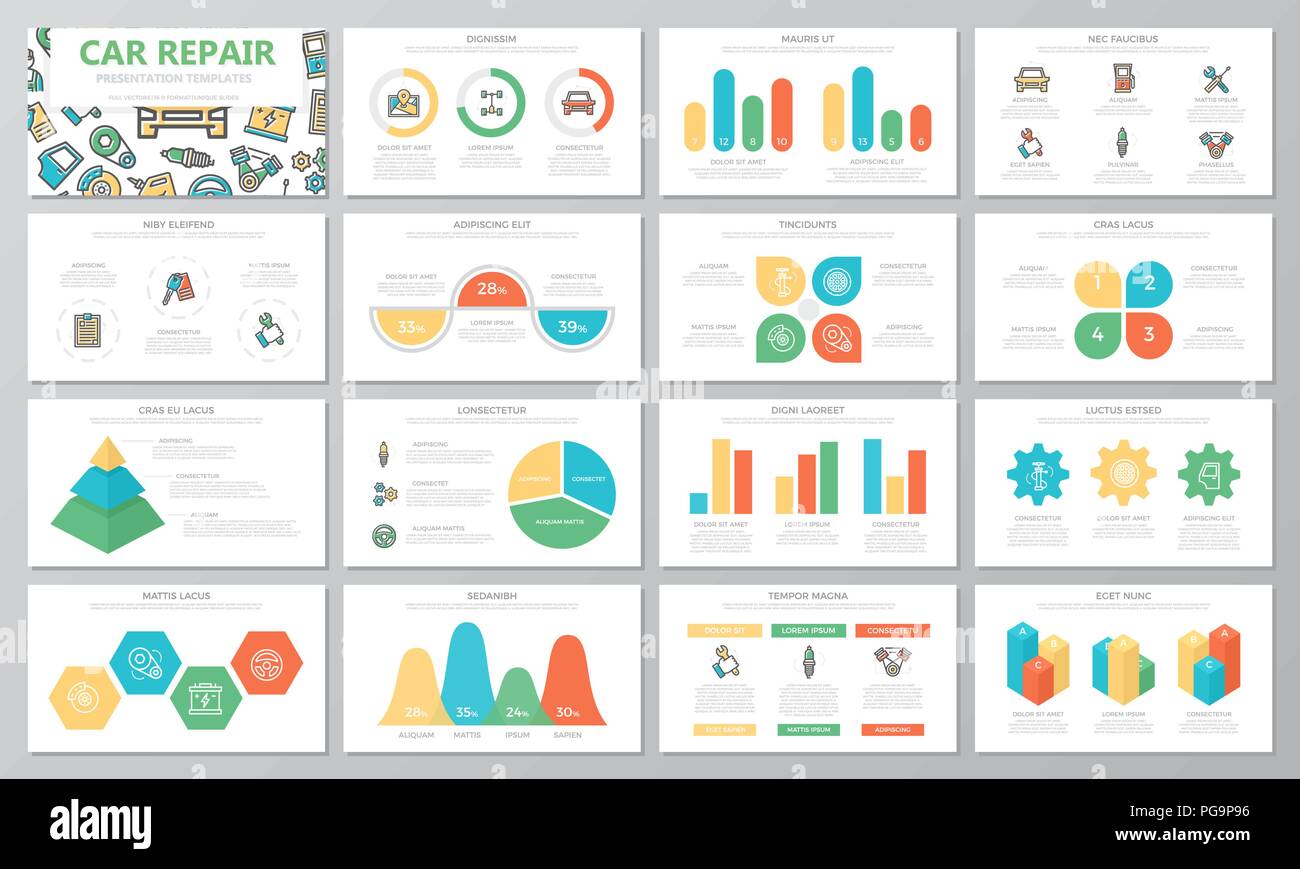Evaluating Your Vehicle'S Caution Indicators: What They Really Share
Evaluating Your Vehicle'S Caution Indicators: What They Really Share
Blog Article
Write-Up Created By-Vinson Dalgaard
When you're behind the wheel, those beautiful caution lights on your dashboard can be a little bit bewildering. Do you know what they're attempting to inform you regarding your cars and truck's wellness? Recognizing the importance of these lights is crucial for your security and the longevity of your vehicle. So, interior car seat cleaning among those lights turns up, would not you want to decode its message properly and take the needed actions to address it?
Common Caution Lights and Interpretations
Recognize usual caution lights in your auto and understand their definitions to make certain safe driving.
The most regular warning lights consist of the check engine light, which indicates issues with the engine or discharges system. If this light begins, it's critical to have your automobile examined promptly.
The oil stress alerting light indicates reduced oil stress, calling for immediate attention to prevent engine damage.
A blinking battery light could suggest a damaged billing system, potentially leaving you stranded otherwise attended to.
The tire stress monitoring system (TPMS) light signals you to low tire stress, impacting lorry stability and gas efficiency. Ignoring this could lead to risky driving problems.
The abdominal muscle light suggests an issue with the anti-lock stopping system, jeopardizing your capacity to quit promptly in emergency situations.
Lastly, the coolant temperature cautioning light warns of engine getting too hot, which can cause severe damages if not settled quickly.
Recognizing these typical warning lights will aid you resolve problems without delay and keep secure driving problems.
Significance of Prompt Focus
Comprehending the typical caution lights in your cars and truck is just the first step; the relevance of promptly attending to these cautions can't be stressed sufficient to ensure your safety and security when traveling.
When a warning light illuminates on your control panel, it's your automobile's method of connecting a prospective concern that needs focus. Overlooking these warnings can cause much more extreme issues later on, compromising your safety and security and possibly costing you a lot more out of commission.
Prompt focus to alerting lights can protect against break downs and mishaps. For example, a flashing check engine light might show a misfire that, if left unattended, might cause damages to the catalytic converter. Addressing learn this here now without delay can save you from a pricey repair work.
Likewise, a brake system alerting light could signify low brake fluid or used brake pads, critical parts for your safety and security when driving.
DIY Troubleshooting Tips
If you notice a caution light on your dashboard, there are a couple of do it yourself repairing pointers you can try prior to looking for professional aid.
The primary step is to consult your vehicle's guidebook to understand what the certain warning light shows. Occasionally the problem can be as simple as a loosened gas cap causing the check engine light. Tightening up the gas cap may resolve the issue.
An additional common concern is a low battery, which can cause various alerting lights. Inspecting https://judahqlgav.theobloggers.com/38304950/the-comfort-of-mobile-car-outlining-transforms-your-vehicle-s-look-however-is-it-as-efficient-as-standard-approaches-discover-the-truth-behind-this-service for corrosion and ensuring they're safe and secure may take care of the problem.
If a caution light persists, you can attempt resetting it by detaching the auto's battery for a few mins and afterwards reconnecting it. Furthermore, examining your vehicle's fluid levels, such as oil, coolant, and brake liquid, can assist troubleshoot advising lights related to these systems.
Final thought
In conclusion, comprehending your cars and truck's caution lights is crucial for keeping your car running smoothly and safely. By immediately addressing these signals and knowing what they imply, you can avoid pricey repair services and prospective failures.
Keep in mind to consult your vehicle's handbook for specific information on each alerting light and do something about it appropriately to make certain a trouble-free driving experience.
Stay informed, remain risk-free when traveling!
